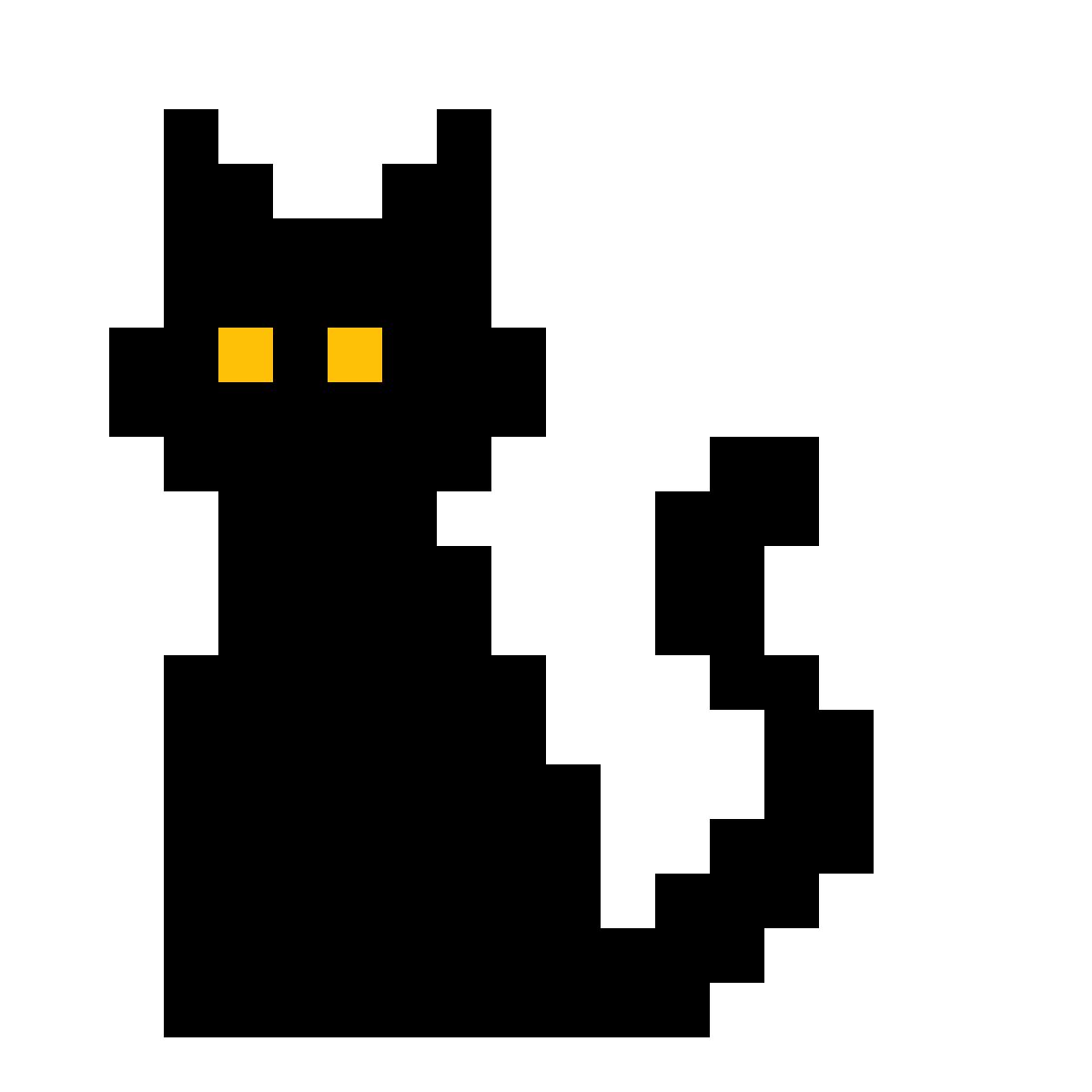Unfortunately, this idea isn’t going to work.
Lenses and mirrors can’t focus a diffuse source to a sharp point. They are also reciprocal; any light that can move one way through an optical system can also move the other way. As a result, you can’t use a lens or mirror to heat something beyond the temperature of the light source. The net flow of energy is always from the hot thing to the cold thing.
For the sun, that limit is almost 6000K, so you can do some damage. For fireflies, not so much.
I think this is only true for some non intuitive definition of “temperature” of the light source. Fireflies aren’t a blackbody radiator, while the sun largely is. You absolutely can use non-equilibrium/non-blackbody light sources to heat something to hotter than the source. For example, lasers can heat something extremely hot while remaining “cool” (unless you’re considering the non equilibrium temperature of their excited atoms/electrons, which isn’t really fair.)
Strictly speaking, you are correct. The key assumption for my statement above is that both objects are black-body radiators.
In practical terms, it still ain’t happening when the light source is a bunch of fireflies.
Aside: Lasers are a really weird case. The population inversion required for stimulated emission is basically the opposite of a classic thermal equilibrium. By some definitions, they are so hot their “temperature” wraps around to negative (i.e., less than zero Kelvin). That factoid took me a while to wrap my head around.
Seems you’ve done the math… the monster math.
Unfortunately, physics comes in and ruins your plan: https://en.wikipedia.org/wiki/Etendue
Your focal point will never be brighter then the firefly itself: https://what-if.xkcd.com/145/ (at least for diffuse light something sources that emit in all directions)
Randall Munroe has joined the conversation
I’m gonna a need someone to do some monster math for how many fireflies I need to make a death ray
FAKE!






